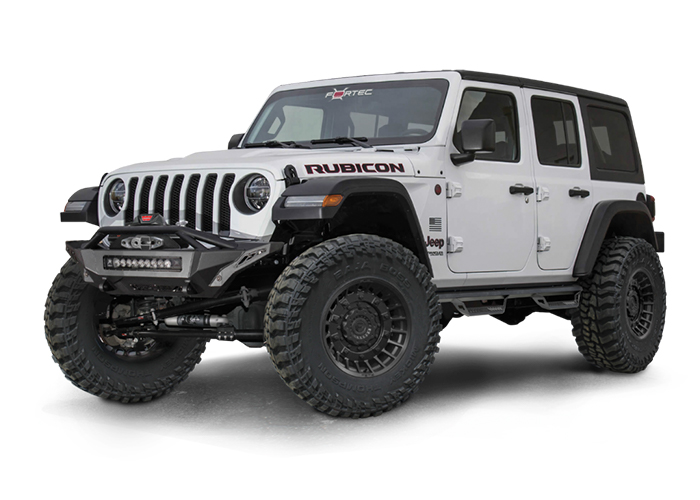Owning a Jeep Wrangler comes with a sense of adventure. The thrill of open-air driving and off-road exploration is hard to beat. Many drivers love the flexibility of switching between a hard top and a soft top. But when the weather turns rough, questions start popping up. Can a Jeep Wrangler soft top really handle heavy rain, strong winds, or snow? Let’s find out what makes these tops tough enough for different weather conditions.
Built for Flexibility and Function
A soft top is designed to give Jeep owners freedom and versatility. It's lighter than a hard top, easier to remove, and perfect for drivers who like to switch between open-air and covered driving. Modern soft tops use durable materials like multilayer vinyl or premium fabric that resist fading and tearing. These materials can take quite a beating from the sun, rain, and wind without losing shape or color.
Plus, the fit has improved over the years. Advanced sealing systems and better zippers help keep moisture and dust out. While older models used to flap in strong winds, newer ones sit tighter, making drives smoother and quieter.
Rain and Moisture Resistance
Rain is one of the biggest worries for soft-top owners. The good news is, today's tops are water-resistant and built to keep interiors dry. Properly installed, they shed rain efficiently, preventing leaks and puddles. Still, regular maintenance plays a big role. Cleaning seals, tightening fittings, and conditioning the fabric help it perform better through the wet season.
It’s also smart to park under cover during long downpours if possible. A little extra protection helps extend the life of your top and keeps it looking sharp.
Handling Snow and Cold Weather
Soft tops can handle cold weather, but they need some extra care. Snow itself isn’t a big problem unless it piles up. Heavy buildup adds unnecessary weight and may stretch the fabric. The trick is to brush off snow as soon as possible and avoid using sharp tools that can scratch the surface.
In freezing temperatures, vinyl tops tend to stiffen. If you plan to roll them up or remove them, wait until the material warms up to prevent cracks. Drivers in snowy regions sometimes pair their top with a roof rack for a Jeep Wrangler to carry snow gear or even provide light protection from falling snow.
Dealing with Heat and Sun
Extreme heat can fade color and weaken fabric over time. But with proper care, a soft top holds up well. Using protectants made for convertible tops helps block UV rays and maintain flexibility. Parking in shaded areas or using a car cover also helps preserve the fabric’s strength and appearance.
Many Jeep owners love how the soft top makes summer drives easy. You can roll it back for instant airflow or zip in windows when the weather changes. It’s this convenience that makes the soft top so appealing for everyday use.
Wind Resistance and Noise
One common concern is how soft tops behave in strong winds. While no fabric top is as quiet as a hard top, modern designs do an impressive job. Reinforced stitching, tight seals, and improved framework reduce flapping and noise even at highway speeds. Keeping all fasteners tight and the top clean helps maintain a snug fit.
If you add a roof rack for a Jeep Wrangler, make sure it’s compatible with your soft top model. A good setup won’t interfere with the roof’s movement or sealing system, ensuring both comfort and durability.
Final Thoughts
A Jeep Wrangler soft top can absolutely handle harsh weather with the right care and attention. It’s built for outdoor life and designed to withstand changing conditions, from blazing summers to snowy winters. Regular cleaning, proper installation, and a few protective habits go a long way.
Whether you’re hitting the trails or driving through city storms, your Jeep’s soft top is tougher than it looks.





Comments